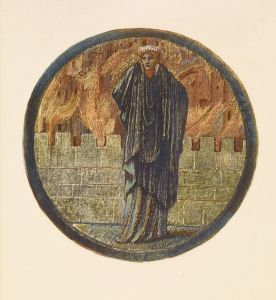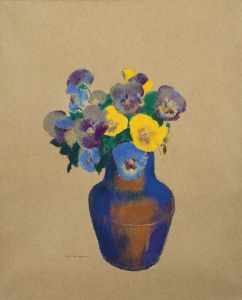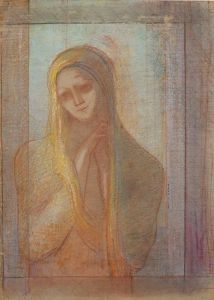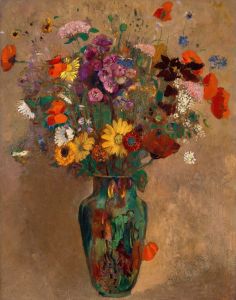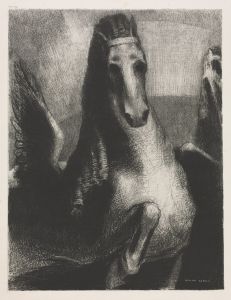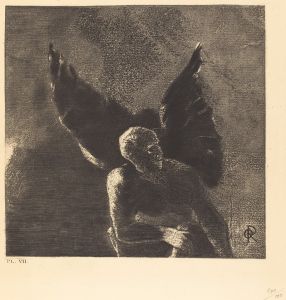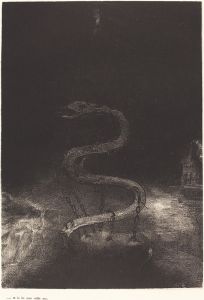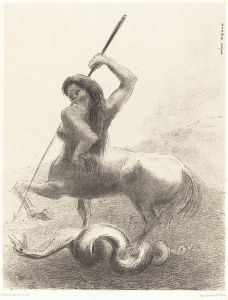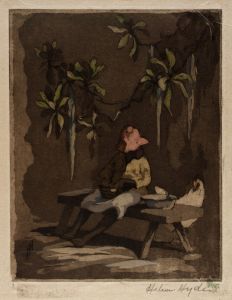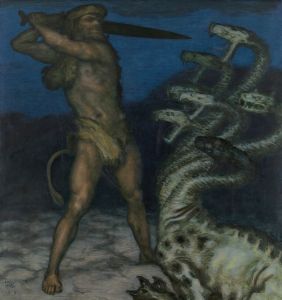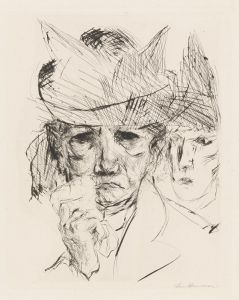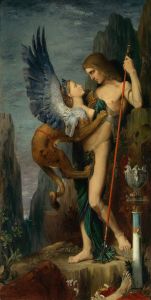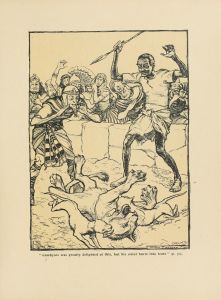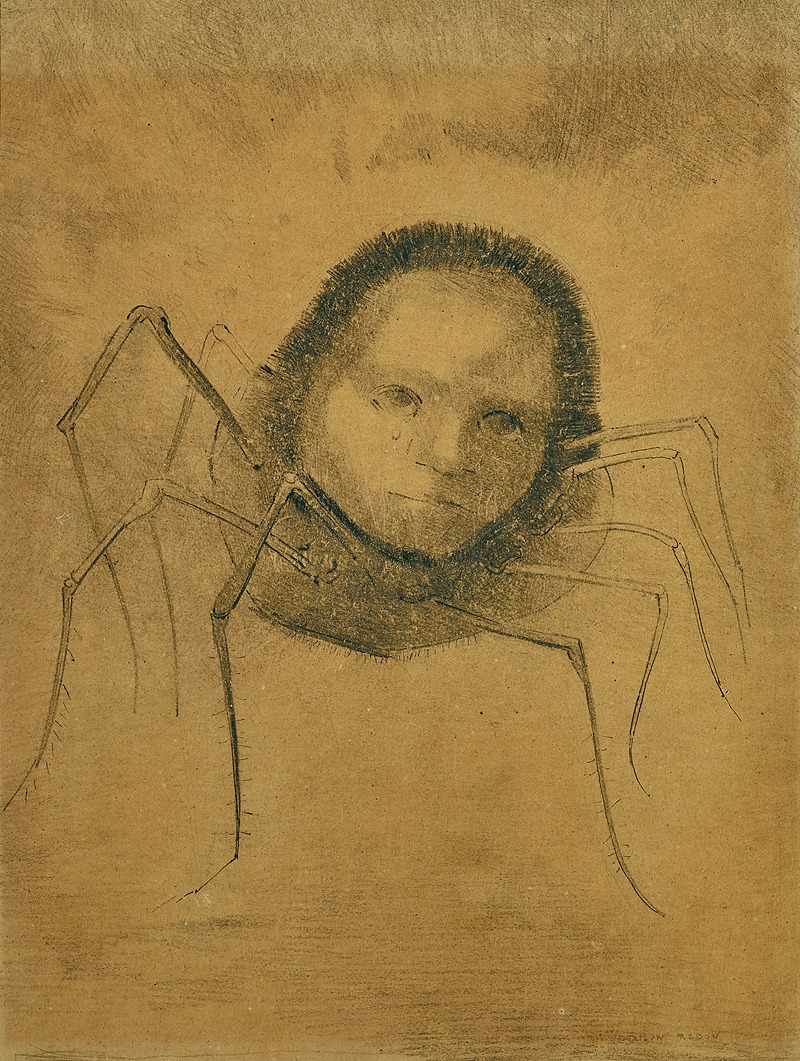
L’araignée qui pleure ou Le Désespoir du monstre
A hand-painted replica of Odilon Redon’s masterpiece L’araignée qui pleure ou Le Désespoir du monstre, meticulously crafted by professional artists to capture the true essence of the original. Each piece is created with museum-quality canvas and rare mineral pigments, carefully painted by experienced artists with delicate brushstrokes and rich, layered colors to perfectly recreate the texture of the original artwork. Unlike machine-printed reproductions, this hand-painted version brings the painting to life, infused with the artist’s emotions and skill in every stroke. Whether for personal collection or home decoration, it instantly elevates the artistic atmosphere of any space.
Odilon Redon, a prominent French symbolist artist, created the artwork titled "L’araignée qui pleure ou Le Désespoir du monstre" (The Weeping Spider or The Despair of the Monster). Redon was known for his unique approach to art, which often involved dreamlike imagery and fantastical creatures, reflecting his interest in the subconscious and the mystical aspects of human experience.
"L’araignée qui pleure ou Le Désespoir du monstre" is a part of Redon's series of works that delve into the themes of melancholy and the grotesque. This particular piece features a spider, a recurring motif in Redon's oeuvre, which he often used to symbolize the darker and more mysterious aspects of life. The spider in this artwork is depicted in a manner that evokes a sense of sadness or despair, aligning with the title's suggestion of weeping or despondency.
Redon's use of charcoal and lithography in his early works allowed him to explore the depths of black and white contrasts, creating haunting and atmospheric compositions. This technique is evident in "L’araignée qui pleure ou Le Désespoir du monstre," where the interplay of light and shadow contributes to the emotional intensity of the piece. The spider, rendered with intricate detail, appears almost anthropomorphic, inviting viewers to empathize with its plight.
The symbolism in Redon's work is often open to interpretation, and "L’araignée qui pleure ou Le Désespoir du monstre" is no exception. The spider could represent various concepts, such as the fragility of life, the inevitability of suffering, or the complexity of the human psyche. Redon's fascination with the natural world and its mysteries is evident in this piece, as he transforms a typically feared creature into a subject of contemplation and empathy.
Odilon Redon's artistic philosophy was heavily influenced by literature, particularly the works of Edgar Allan Poe and Charles Baudelaire, whose themes of existential dread and beauty in darkness resonated with him. This literary influence is palpable in "L’araignée qui pleure ou Le Désespoir du monstre," where the emotional depth and narrative quality of the image suggest a story beyond the visual.
Throughout his career, Redon transitioned from the monochromatic noirs to vibrant pastels and oils, yet his early works, including "L’araignée qui pleure ou Le Désespoir du monstre," remain significant for their exploration of the human condition through symbolic and often unsettling imagery. This piece exemplifies Redon's ability to evoke emotion and provoke thought through his distinctive style and thematic focus.
"L’araignée qui pleure ou Le Désespoir du monstre" is a testament to Redon's mastery of symbolism and his ability to convey complex emotions through simple yet powerful imagery. It invites viewers to reflect on the nature of despair and the beauty that can be found within the darker aspects of life. As with many of Redon's works, it continues to captivate audiences with its enigmatic charm and profound symbolism.





